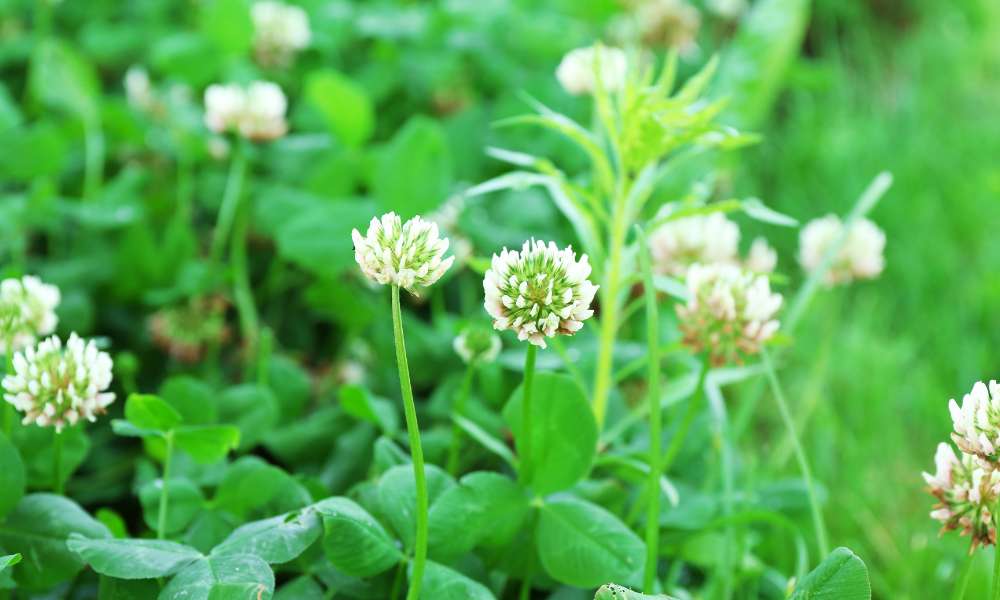Embarking on the journey to grow a clover lawn represents a sustainable and aesthetically pleasing choice for garden enthusiasts and eco-conscious homeowners alike. This comprehensive guide delves into the myriad benefits of choosing clover over traditional grass, highlighting its low maintenance needs, natural resilience to pests, and ability to thrive in poor soil conditions as standout advantages. Furthermore, we’ll explore the essential steps and considerations vital to successfully cultivating a lush, green trefoil lawn. By opting for this eco-friendly alternative, not only do you contribute to a healthier environment by reducing the need for water, fertilizers, and pesticides, but you also enjoy the beauty and practicality of a land. Discover how to seamlessly integrate this charming, beneficial plant into your outdoor space, transforming it into a verdant, vibrant haven.
How Often Should I Water My Clover Lawn?
The frequency of watering your clover lawn will depend on several factors, including the climate in your area, the type of soil you have, and the current weather conditions. In general, trefoil lawns are drought-tolerant and require less water compared to traditional grass lawns. However, it is important to ensure that your trefoil land receives enough moisture to thrive.
Can I Grow Clover In Any Type Of Soil?
Clover is a versatile plant that can grow in a variety of soil types, but it thrives best in well-drained soils with good fertility. It is important to ensure that the soil pH is within the optimal range for trefoil growth, which is typically between 6.0 and 7.0. Clover also prefers soils that are rich in organic matter, as this helps to promote healthy root development and overall plant growth.
Is It Necessary To Fertilize A Lawn?
Fertilizing a lawn is not always necessary, as clover is a nitrogen-fixing plant that can obtain nutrients from the air and soil. However, applying a balanced fertilizer with low nitrogen content in early spring can help promote healthy growth and maintain vibrant color. It is important to avoid using high-nitrogen fertilizers, as they can encourage excessive leaf growth at the expense of flower production.
Benefits Of Clover Lawn
1. Environmental Benefits
Nitrogen Fixation: Explore how clover, a leguminous plant, enriches the soil by fixing nitrogen from the air, reducing the need for chemical fertilizers.
Drought Tolerance: Understand trefoils ability to withstand dry conditions, requiring less watering than traditional lawns.
Biodiversity: Discover how a trefoil land supports a diverse ecosystem, attracting beneficial insects like bees, which play a crucial role in pollination.
Low Maintenance: Learn about clover’s resilience against common lawn pests and diseases, minimizing the need for chemical treatments.
2. Cost-Saving Advantages
One cost-saving advantage of planting grass seed on an existing lawn is the potential to eliminate the need for expensive sod installation. By simply sowing seeds in bare or thin areas, you can effectively fill in patches and promote the growth of healthy new grass without breaking the bank. Additionally, seeding allows for greater variety in grass types compared to sod, enabling you to choose more affordable options that suit your budget.
3. Aesthetic Appeal And Versatility
A clover lawn adds unique beauty and versatility to any garden. Its vibrant green color and soft texture create a visually appealing outdoor space, while the gentle buzzing of bees adds life and motion. Clover can thrive in a variety of soil types and conditions, making it a versatile choice for many gardeners. Its ability to stay green during dry spells when traditional lands may brown is a significant aesthetic advantage, ensuring your garden remains a lush oasis. Additionally, trefoil can be mixed with grass for a more resilient lawn or used to create entirely trefoil-covered spaces, offering flexibility in garden design. This versatility, combined with its undeniable charm, makes trefoil an excellent choice for those seeking both beauty and practicality in their outdoor spaces.
Growing Edible Plants Alongside Clover
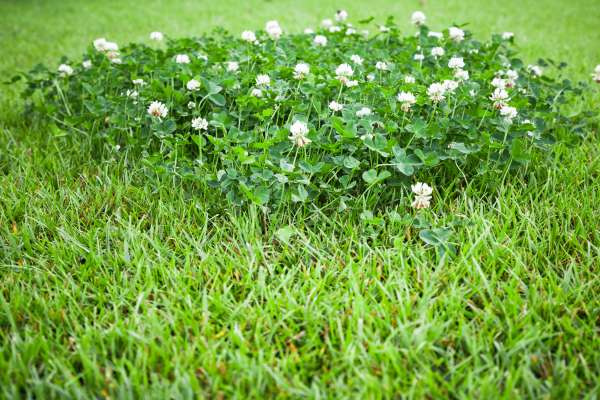
Integrating edible plants alongside your clover lawn not only enhances your garden’s biodiversity but also contributes to a sustainable ecosystem right in your backyard. A nitrogen-fixing plant enriches the soil, making it a fertile ground for growing a variety of edible plants. This synergy between trefoil and edible plants creates a lush, productive garden space. By strategically planting vegetables and herbs among the trefoil, you take advantage of the improved soil quality and natural pest repellent properties of trefoil. This holistic approach not only yields a bountiful harvest of fresh produce but also contributes to the aesthetic appeal of your garden, making the endeavor of how to grow a clover lawn both practical and rewarding.
Initial Watering After Seeding

The success of germinating clover seeds greatly depends on the initial watering after seeding. Proper moisture is critical during the early stages of growth, ensuring that the seeds have the best environment to sprout and establish. It’s important to keep the seeded area evenly moist but not waterlogged, as excessive water can lead to seed rot or displacement. A gentle spray of water to dampen the soil surface without causing erosion is the optimal method. Consistent watering, especially in the first few weeks after seeding, will promote a healthy and robust trefoil lawn. This attention to detail in the watering process is a cornerstone in learning how to grow a clover lawn successfully.
Types Of Clover For Lawns
1. White Clover
White clover is a popular choice for lawns due to its durability and low-growing habit. It thrives in a variety of soil types and conditions, providing a dense, green coverage that’s resistant to foot traffic. Its small, white flowers are not only visually appealing but also attract beneficial insects to your garden.
2. Red Clover
Red clover, with its taller growth habit and vibrant flowers, is suited for those looking to add a touch of color to their lawn. It’s particularly effective in improving soil structure and health. However, due to its height, it might be more suitable for garden borders or mixed-use areas rather than the main land.
3. Crimson Clover
Crimson clover stands out for its striking red blooms and is often used for temporary lawn enhancements or as a cover crop to enrich the soil. It’s an excellent choice for adding visual interest and ecological benefits to your garden, though it may require more maintenance to keep it at a manageable height for a traditional lawn setting.
Minimal Fertilizer Requirements For Clover
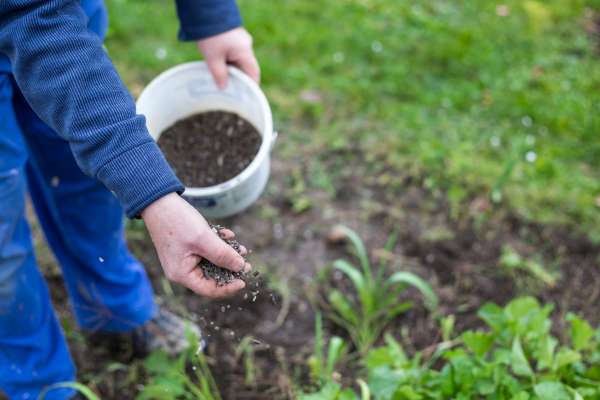
One of the standout benefits of opting to grow a clover lawn is its minimal need for fertilizers. Clover, a leguminous plant, has the natural ability to fix atmospheric nitrogen, enriching the soil in which it grows. This unique capability reduces the necessity for synthetic fertilizers, offering a more sustainable and cost-effective solution for maintaining a lush, green lawn. Homeowners can rejoice in the fact that their trefoil lawn not only looks beautiful but also contributes to a healthier ecosystem by reducing the need for chemical inputs.
Using Organic Fertilizers For Sustainable Growth
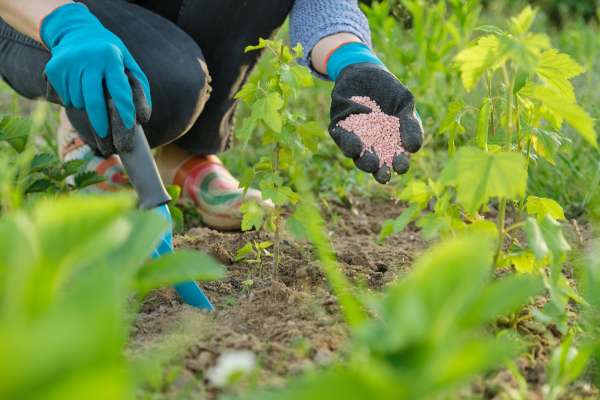
Clover lawns are becoming increasingly popular among homeowners looking for sustainable and eco-friendly alternatives to traditional grass lawns. One key factor in achieving a healthy trefoil land is the use of organic fertilizers. Unlike synthetic fertilizers, organic options are derived from natural sources such as compost, manure, or plant-based materials. These fertilizers provide essential nutrients to the soil without harmful chemicals that can leach into groundwater or harm beneficial organisms in the ecosystem.
Avoiding Herbicides Harmful To Clover

Maintaining a clover lawn requires a shift in how we approach weed management, particularly in avoiding herbicides that can be detrimental to trefoil. Many common weed killers are not selective and can damage or kill trefoil plants. Instead, fostering a dense trefoil growth can naturally suppress weeds by outcompeting them for light and space. Should weeds become a concern, opting for spot treatment with eco-friendly solutions or manual removal protects the trefoil while keeping the lawn weed-free. This approach underscores the importance of choosing maintenance practices that align with the health and sustainability of a trefoil lawn.
Mulching Instead Of Bagging Clippings
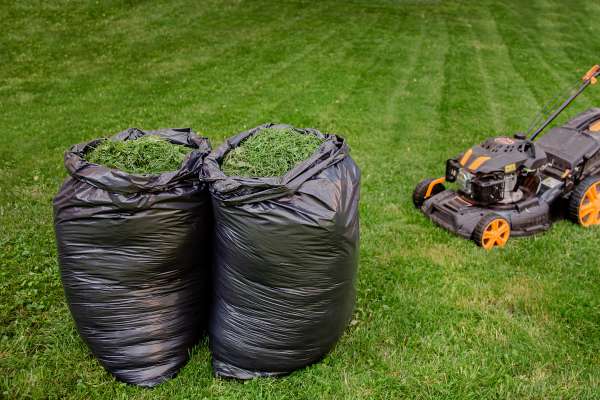
Mulching instead of bagging clippings is a sustainable practice that offers numerous benefits for your lawn. By allowing grass clippings to decompose on the lawn, you are providing free nutrients and organic matter to the soil, which can help improve its overall health and fertility. This natural form of fertilization reduces the need for chemical additives and promotes a healthier ecosystem in your yard.
Recognizing Signs Of Soil Compaction

Soil compaction can significantly hinder the growth of a clover lawn by restricting root expansion and limiting air, water, and nutrient uptake. Recognizing signs of compaction, such as water pooling after rain or difficulty inserting a soil probe, is crucial. Aeration can alleviate compaction, allowing the trefoil roots to breathe and grow more freely. Implementing practices like avoiding heavy machinery on the lawn and reducing foot traffic in vulnerable areas can prevent compaction, ensuring the soil remains loose and conducive to healthy trefoil growth.
The Final Thought
To grow a clover lawn can be a sustainable and environmentally-friendly choice for those looking to enhance the beauty of their outdoor space. By following the steps outlined in this article, you can successfully establish and maintain a lush trefoil lawn that requires minimal maintenance and is beneficial for the ecosystem. Remember to choose the right type of clover for your region and soil conditions, provide adequate water and sunlight, and regularly mow to encourage healthy growth. With patience and dedication, you can enjoy a vibrant trefoil land that not only adds aesthetic appeal but also contributes to a healthier environment. Take the first step towards creating your own lawn today and experience the many benefits it has to offer.
